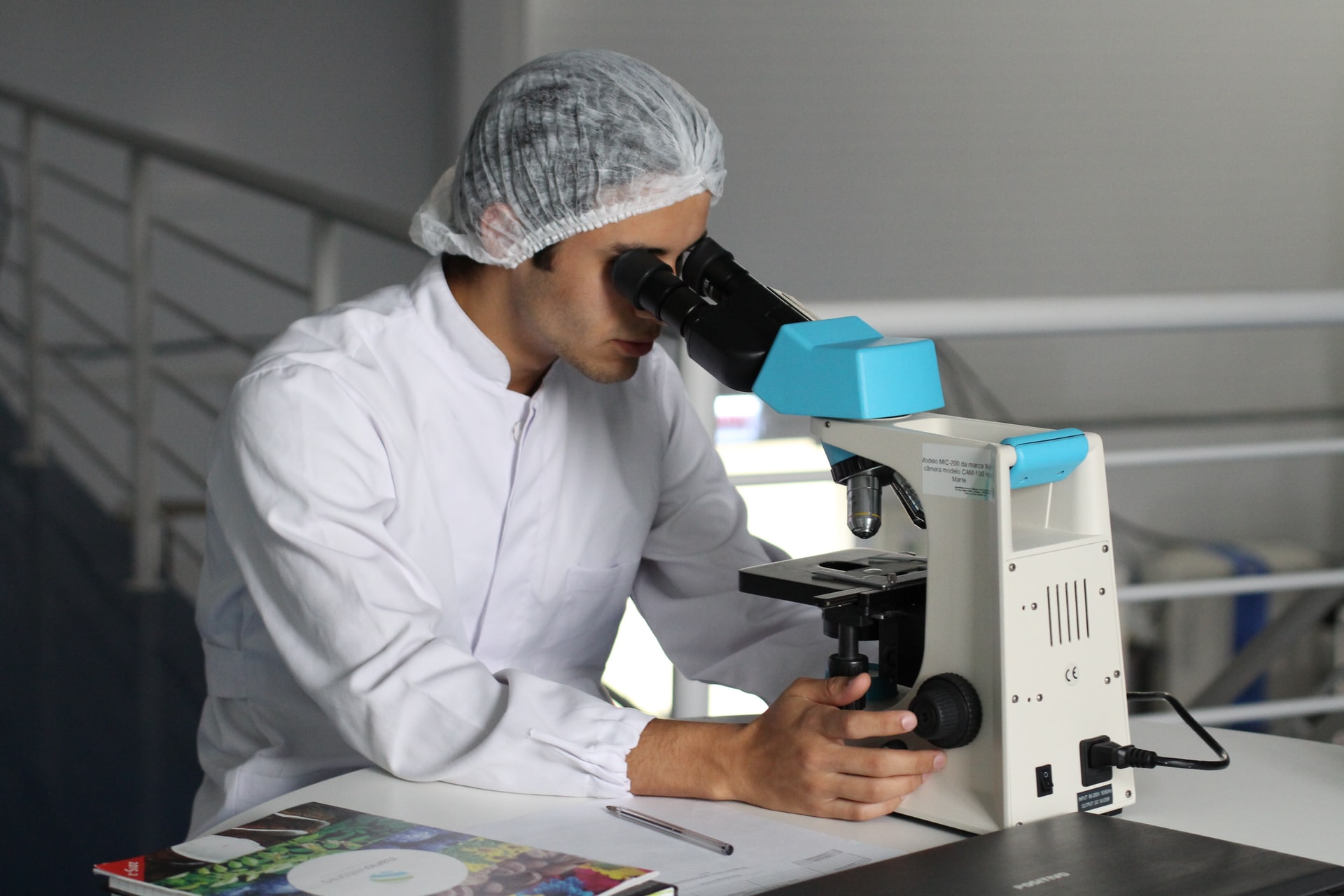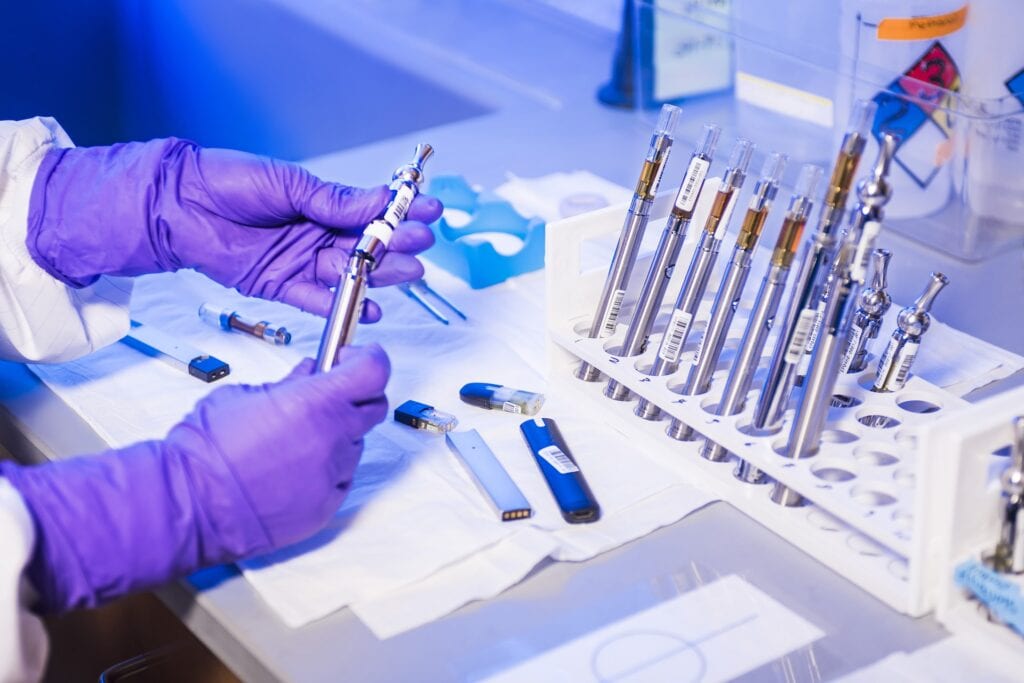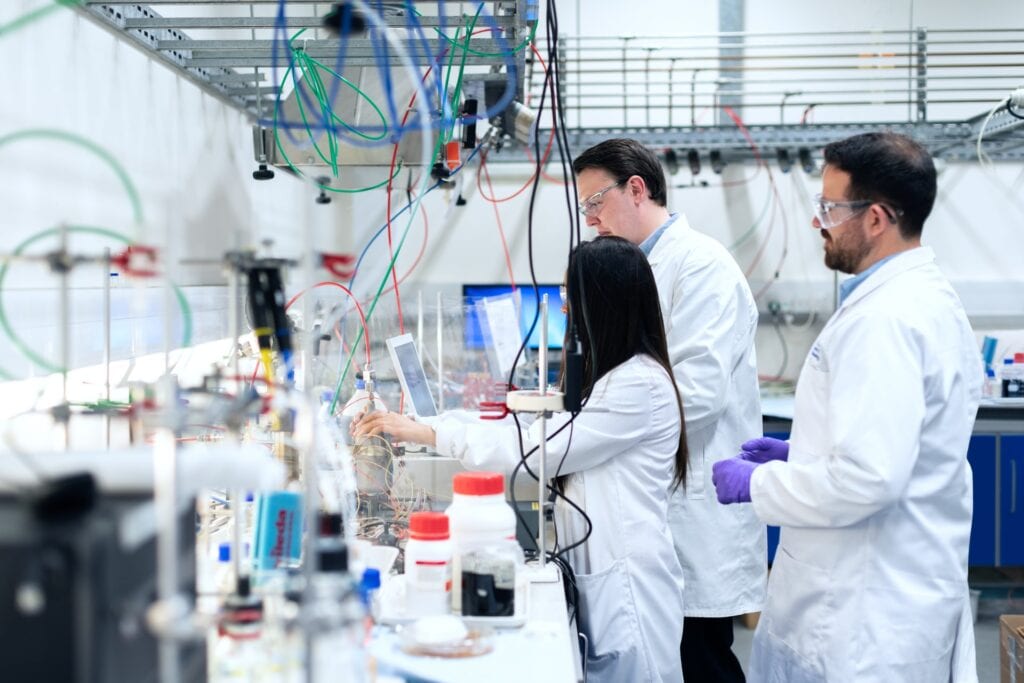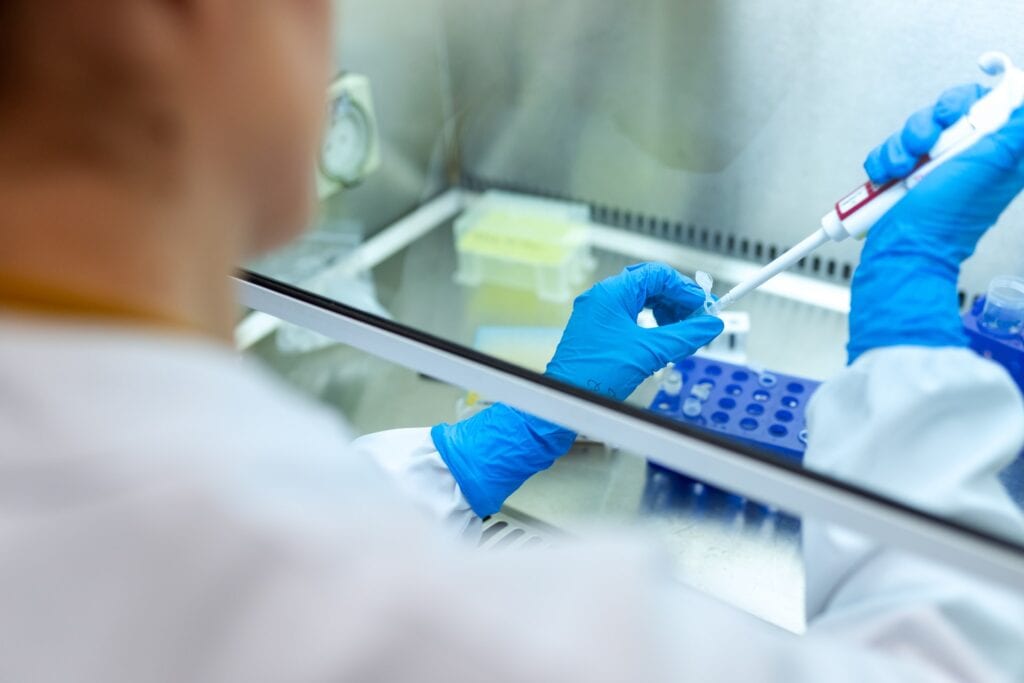
When was the last time you reviewed your laboratory safety procedures? It may sound like a huge task but regardless of the size of your facility, it is always a good idea to regularly examine the practices in place. Over time, circumstances and regulations change and may warrant an update or revision of safety procedures. By keeping procedures current ensures that the laboratory remains safe for all who use it. In this article, we will take a closer look at five of the best practices for laboratories of any size. This list is by no means complete but will give you suggestions for procedures apply in your facility that might not already be included in your best practices.
1. Maintain a Budget for Lab Safety Equipment

One of the most cost-effective ways to keep a laboratory safe is to budget for purchase appropriate safety equipment. When reviewing or updating an annual budget, make enough funds are set aside to address safety requirements during the upcoming budget year. This may be for new safety equipment should the standards of your facility change, or to replace old or near end-of-life existing safety equipment. Possible items to include in your annual safety budget should include, but not be limited to fire extinguishers, splash guards, lab coats, safety eyewear, protective latex gloves, earplugs, eyewash stations, eyewash solutions, and more. In addition to these physical assets, your safety budget should have enough in it to provide regular training programs for new staff and upgrading programs for existing staff. Having all personnel properly trained with access to the correct safety tools will keep your laboratory safe for all who use it and the products that come from it. So if you are looking to buy Laboratory Equipment, Surgicalsupplies.us offers a variety of high-tech LAB Equipment and Tools. Among the many items that would be considered general lab equipment are pipettes, scales, Thermometers, Bunsen burners, freezers, hot plates and incubators.
2. Conduct Regular Safety Drills
The reason you participated in regular safety drills while in elementary and secondary school was to prepare you for and familiarize you with procedures to follow should an emergency arise. Normally, when in a panic, people have difficulty determining what action to take or, if needed, finding exits to evacuate an unsafe area. For these reasons, you should consider conducting safety drills in your laboratory. Part of the process should include training everyone in the lab setting to identify where the emergency exits are and how to reach a safe meeting place outside of the building so everyone can be accounted for. Part of your emergency evacuation plan should identify two or more individuals who will act as guides to assist with the implementation of the plan. Although the hope is that your lab never needs to use these practices, it is much easier to experience when everyone has familiarity with protocols gained through regular safety drills.
3. Do Not Allow Food or Drink in the Lab

This may sound like a simple and logical requirement. However, it also happens to be one of the most difficult habits for some to break. It’s quite common to see people at work with a travel mug of coffee or a water bottle at their workstation. Even if these beverages can be securely contained, there is a more practical reason to restrict food and drink from the lab setting: they create distractions. When performing tasks that require extreme concentration or dexterity, any form of distraction can result in an unexpected incident. The best way to eliminate that possibility is to remove as many distractions as possible from the equation. Add to this the fact that food waste or spills can be messy and present contamination possibilities, it only makes sense to do what has to be done to prevent these situations from occurring. Many labs work with highly poisonous compounds. Having food or drink present could result in more than a minor injury should a distraction occur.
4. Identify Items That Pose A Danger
Regardless of how much training you provide for those who work in your laboratory, implementing additional protocols can keep the facility safe. One of the easiest and most visible is to post safety warning signage. Any piece of equipment that can pose a danger should have a clear and bright warning sign on it. All chemicals in use in the lab are required to have OSHA-prescribed labeling. But other dangers can exist, including trip hazards, circuit breakers, electrical hazards, and even high-decibel noise areas. All should have warning signs posted. Not only does this make your laboratory safe for those who currently use it, but you are making it safe for visitors, new employees, staff, and management as well. With all potential hazards marked with large, easy-to-read warning signs, you are ensuring the safety of the facility and reducing the risk of injury or any kind of accident that may occur during an average day.
5. Monitor Any Temperature-Sensitive Products

Depending on the type of laboratory, chemicals, vaccines, and other products of a sensitive nature require temperature control. They must be stored and handled at certain temperatures that will keep them from spoiling. Should temperatures fall out of the safety zone, even though it might be possible to keep some (or even most) of these perishable assets safe and still useable, if the problem is quickly identified, it could still equate to huge losses. Those losses would include enough lost product to potentially bring an end to contract work involving the creation and storage of sensitive items. Fortunately, a tool exists that can prevent temperatures from slipping out of the safe storage zone. A data logger is a monitoring device that can alert you when a storage temperature reaches a pre-determined limit so that action can be taken to correct it before assets can be damaged. This guide from Dickson notes that data loggers are a key tool for monitoring all sorts of temperature-sensitive products.
In Conclusion
A safe laboratory is well-functioning and productive. The best practices listed above will give you the foundation to bring your lab into compliance with current best practice safety standards. By following the examples noted, you can keep your lab setting safe for all who use it and be confident that the products produced by it are safe for use.




